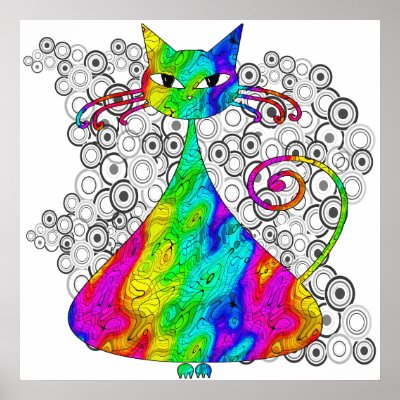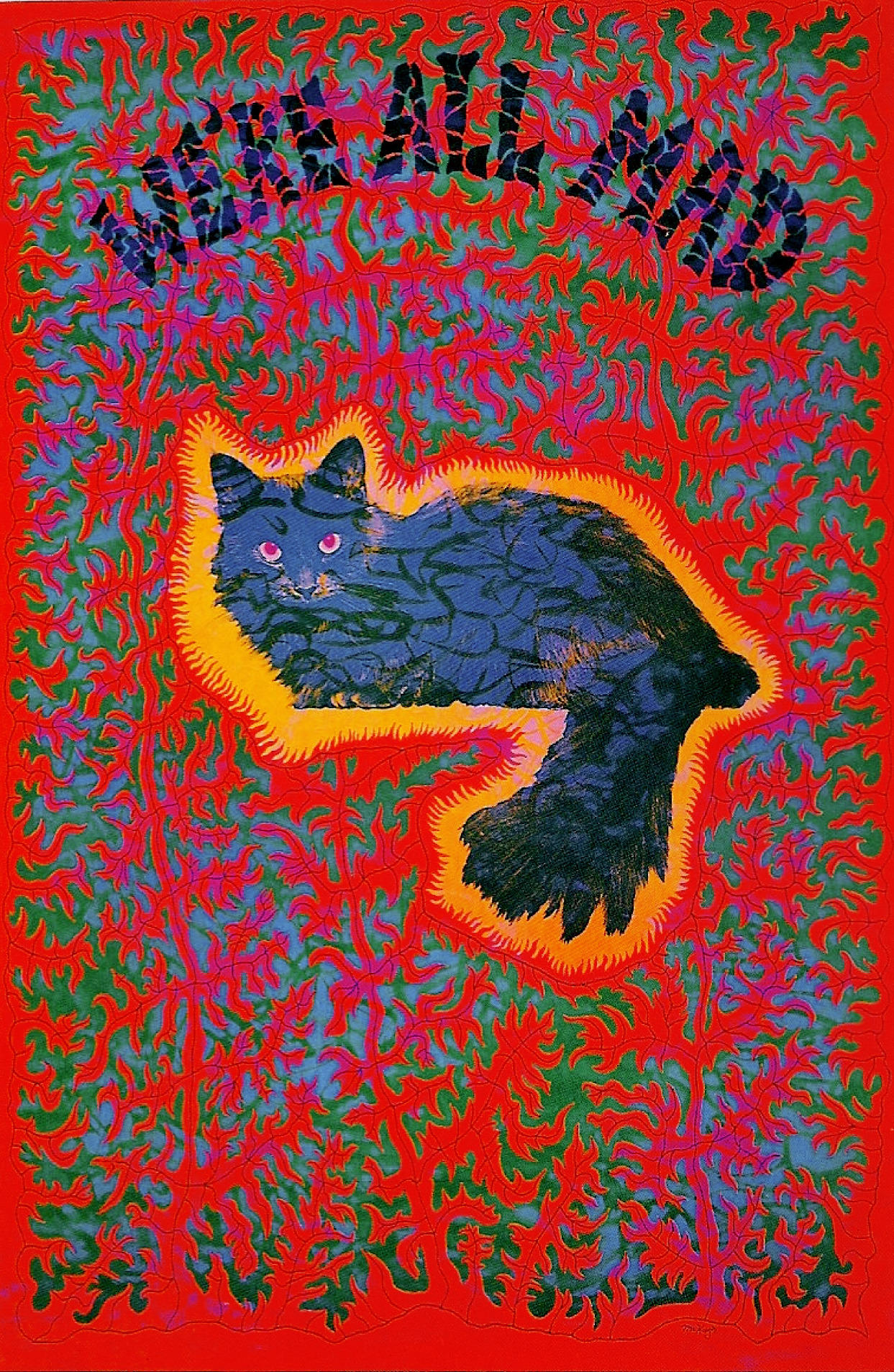NAZARETH - s/t, 1971 (SCOTLAND, Dunfermline, hard-rock)(Pegasus PEG 10) 
The hard rocker "Witchdoctor Woman" is a devastating opener, full of killer fuzz guitar and McCafferty's overwhelming vocal power (especially at the end). The solo part is awesome too, listen to the way the guitar scorches while the bass is thumping away like a mastodon. Obviously, they had been listening to what Deep Purple, Black Sabbath and Uriah Heep did the previous year."Dear John" is pure piano boogie rock. Awesome song. "Empty Arms, Empty Heart" has a phenomenal riff that should definitely be on any list of greatest guitar riffs. But few people know about this album so I guess that will never happen."I Had A Dream" is beautiful. Dan McCafferty can adapt his voice to practically any style of music, and this proves it. Listen to this song and you'll be thinking "this can't be the same guy who sang 'Hair Of The Dog' and 'Razamanaz'". But it is! What a lovely vocal melody and soothing harmonium. "Red Light Lady" is interesting. Starts out simple enough as a kick-ass rock tune, then slows down and goes into a weird orchestral part. Unique, definitely.Speaking of unique, how about "Fat Man" ? Killer riff with some weird, distorted vocals. Man, these guys just had a plethora of ideas. Chronicling a day in the life of an unpopular fat guy."Country Girl" is a marvelous country ballad with great slide guitar from Manny. Dan sings beautifully. "Morning Dew" is THE masterpiece on this album, and in my book, one of the top 5 greatest songs the band ever did. Yeah, you can keep your radio tunes and hit singles, but this song is Nazareth's Mona Lisa. Definitely the best version of this song ever made, it even blows away the Jeff Beck Group's version. The intro is priceless, with a pounding bass line being driven into your brain, before some brilliant, spooky guitar effects come into play (love the way Manny uses echo here). And here's Dan adapting his voice once again, starting out peaceful and smooth before exploding into full-fledged rock 'n roll as the rest of the band explodes with him. Simply priceless. "The King Is Dead" is a chilling tale of anarchy, complete with string accompaniment. This one can really haunt you to death, with Dan's whispery vocals and Manny's beautiful acoustic guitar. The b-side "Friends" is included here and it's a real treat. Yet another country-styled acoustic ballad that really is wonderful. This is about as far from 'Hair Of The Dog' as you can get! Anyway, it's a nice, relaxing little ditty about relaxation. Has funny lyrics too ("Roll yourself a joint, friend...Empty your head, friend"). Great stuff. The alternate versions of the original songs are pretty pointless, but they take nothing away from the musical mastery of this great, forgotten album.
Dan McCafferty (vocals)
Pete Agnew (bass, vocals)
Darrell Sweet (drums, percussion, vocals, 1968-99)
Manny Charlton (guitar, banjo, synthesizer, vocals, 1968-90)
Zal Cleminson (guitar, synthesizer, 1978-80)
Billy Rankin (guitar, keyboards, 1980-83, 1990-94)
John Locke (keyboards, 1980-82)
Jimmy Murrison (guitar, 1994-present)
Ronnie Leahy (keyboards, 1994-2002)
Lee Agnew (drums, 1999-present)
Tracklisting01. Witchdoctor Woman 4:06
02. Dear John 3:45
03. Empty Arms, Empty Heart 3:17
04. I Had a Dream 3:22
05. Red Light Lady 5:56
06. Fat Man 3:23
07. Country Girl 4:03
08. Morning Dew 7:05
09. The King is Dead 5:42
10. Friends (B Side)* 3:25
11. Dear John (Single Edit)* 2:44
12. Morning Dew (Alternate Edited Version)* 4:51
13. Friends (Alternate of B Side)* 3:25
14. Morning Dew (Extended Single Version)*
15. Witchdoctor Woman (Previously Unreleased)*
* Bonus Tracks
 1. 1969
1. 1969
























